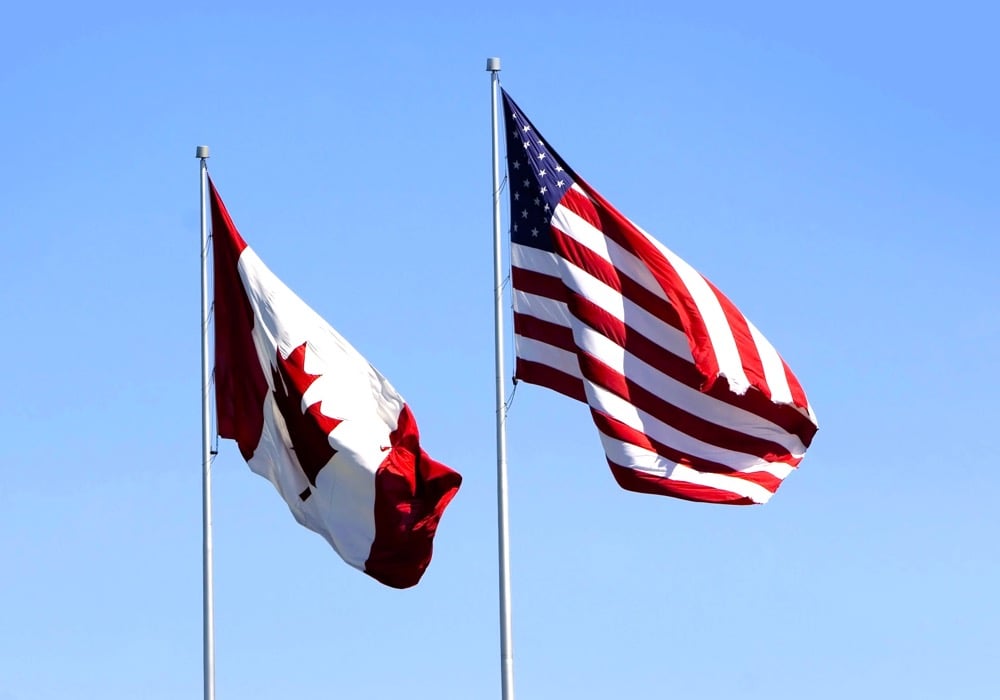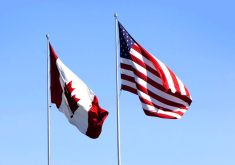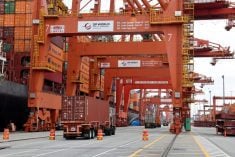By Theopolis Waters
CHICAGO, Aug 19 (Reuters) – Cattle placed in U.S. feedlots in July rose two percent compared to a year earlier, the U.S. Department of Agriculture said on Friday, which topped most analysts’ estimates.
Feedlot supply on Aug. 1 was 10.165 million head, up two percent from just over 10 million a year ago.
Analysts, on average, had forecast an increase of 1.4 percent.
Cheaper feed lowered input costs for feedlot operators, analysts said, compelling some to buy more young cattle to fatten for sale to processors.
Read Also

Canadian trade data delayed by U.S. government shutdown
Canadian international trade data for September will be delayed indefinitely due to the ongoing partial shutdown of the United States government, Statistics Canada said Friday, Oct. 24.
“We’ve got an awful good corn crop out there and those prices have been coming down. And the cattle herd appears to be bigger than we thought it was so a few more animals are available to be placed than we might have expected,” said said University of Missouri economist Ron Plain.
Analysts viewed the report as mildly bearish for CME live cattle on Monday after futures had already fallen nearly three percent this week.
The report showed July placements at 1.572 million head, up two percent from 1.547 million last year.
That was well above analysts’ average forecast of 1.555 million and the highest for the month since 1.698 million in July 2013.
Heavier cattle placed in feedyards last month are expected begin arriving at packing plants around late December, Plain said.
That could temper a seasonal rally in cattle prices while keeping a lid on beef costs, he added.
The number of cattle sold to packers, or marketings, slipped one percent in July from a year ago, to 1.713 million head.
Analysts projected a 0.3 percent decline from 1.725 million last year.
There were two fewer days to slaughter cattle in July 2016 than in the same month a year earlier.














